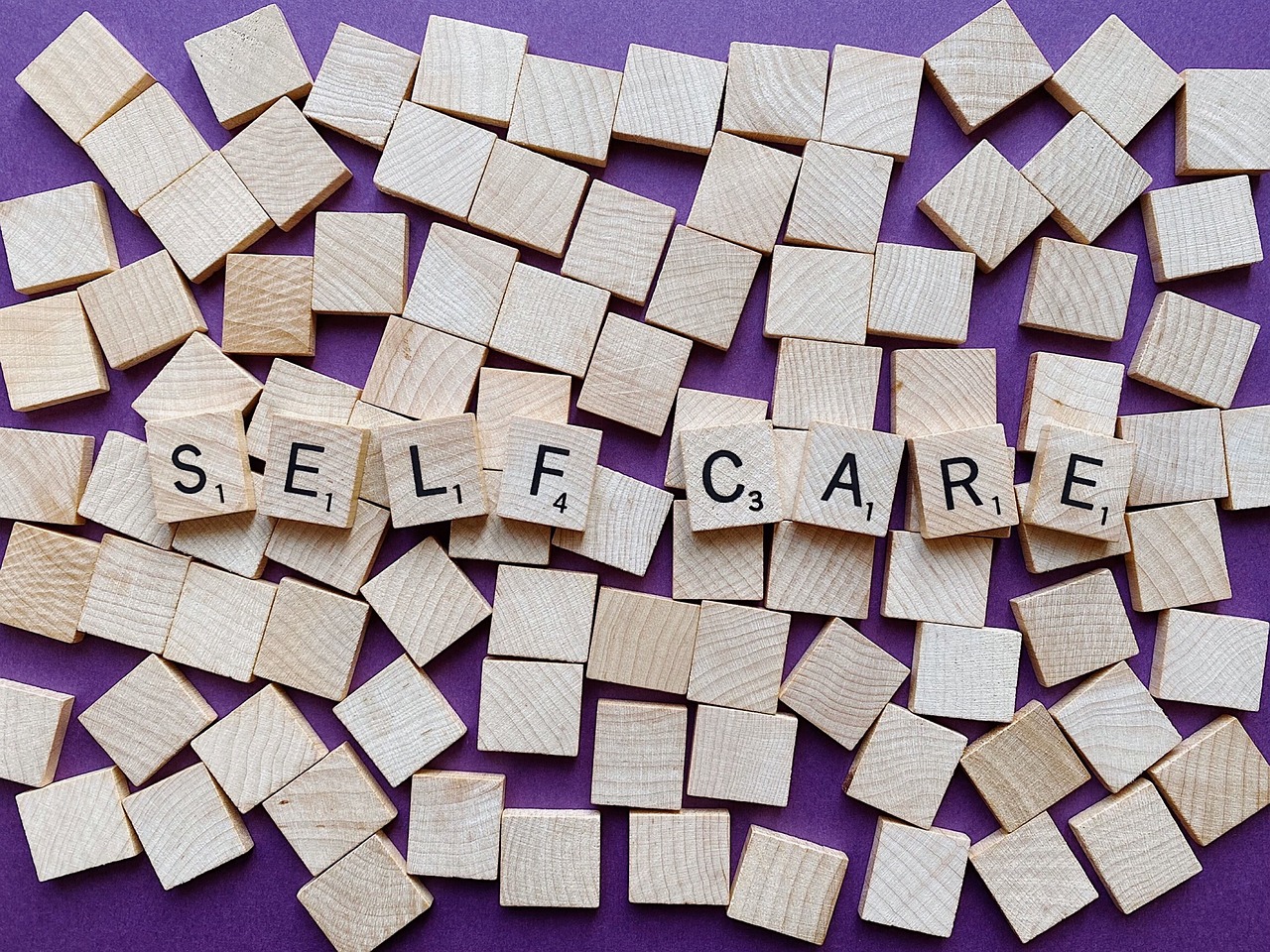At the heart of self defense lies being proactive rather than reactive; this can be achieved by cultivating strong situational awareness skills.
Self defense is the right to use force against imminent harm to yourself or others, including death or serious bodily injury. For this to be valid, an individual must sincerely believe they are at risk from death or serious bodily injury.
Basics of self defense
Self defense is an essential skill that everyone should possess, yet can seem intimidating and overwhelming for those new to it. This article serves as a concise primer on basic concepts of self-defence.
Self-defense is defined as using force in defense of themselves or others when there is genuine belief that this was necessary to defend against imminent danger, usually defined as death or serious bodily injury and no other means would have sufficed in stopping it. This generally excludes criminal liability.
Other elements of self defense include the belief that any force used was objectively reasonable under the circumstances; and proportional to any perceived threats. It should also be noted that in certain jurisdictions individuals do not have an obligation to retreat when faced with threats and may instead stand their ground.
Self defense requires careful thought, as the best strategy should always be avoiding dangerous situations altogether. Therefore, situational awareness and de-escalation skills are vitally important – for instance, if you are out drinking with your girlfriend at a bar and an intimidating group of lads enter who look ready to start an altercation, leave before it occurs!
Distance
Understanding that distance directly correlates to an adversary’s danger is of critical importance in combat situations. This applies whether they are unarmed or equipped with contact-distance weapons like an edged or impact tool; and similarly the closer you come to threats carrying ballistic weapons, the higher your risk is of injury.
Management of the reactionary gap is one of the key skills necessary for self defense. It refers to the distance between your point of perception of an unknown contact and your immediate reaction, giving yourself more time to react and defend yourself if an attack comes your way.
Experts define a reactionary gap as any distance an adversary can cover faster than you can respond, meaning he could attack with punches or grabs before you have even had time to recognize their threat and form an appropriate response plan.
As it takes about 21 feet for one second to fire a firearm, many in the self-defense community believe any opponent within 21 feet could attack with a bladed weapon. Denis Tueller who developed what has come to be known as the “Tueller Drill” never declared it to be an exhaustive rule or drill but rather intended it merely as an illustration of principle.
Defending
Self defense is a legal concept which permits individuals to employ force when they perceive an imminent threat of harm to themselves or another. Individuals should only use as much force as necessary to defend against immediate danger, and must believe the threat to be real and undisputable.
Self defense requires that force used is proportionate with perceived threats, and individuals must genuinely believe they need violence to defend themselves and that this belief is objectively reasonable given the information available at that moment. Furthermore, individuals may claim they were protecting others, their property or even their place of residence from possible violence.
In cases where actions go beyond what would be considered lawful self-defense, individuals could face assault or manslaughter charges. However, if no effective alternative existed and it can be proven that force was used in response to an actual or perceived attack then they are likely acquitted. Therefore it is crucial that one prepares and trains themselves in advance for all situations they might face.
